Immunometabolic Endothelial Phenotypes: Integrating Inflammation and Glucose Metabolism
- PMID: 33890812
- PMCID: PMC8221540
- DOI: 10.1161/CIRCRESAHA.120.318805
Immunometabolic Endothelial Phenotypes: Integrating Inflammation and Glucose Metabolism
Abstract
[Figure: see text].
Keywords: endothelial cells; glucose; glycolysis; inflammation; mitochondria.
Figures

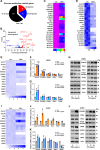
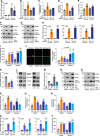
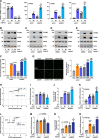

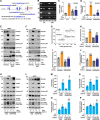
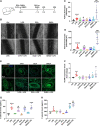

Comment in
-
Glycolysis and Inflammation: Partners in Crime!Circ Res. 2021 Jun 25;129(1):30-32. doi: 10.1161/CIRCRESAHA.121.319447. Epub 2021 Jun 24. Circ Res. 2021. PMID: 34166079 No abstract available.
References
-
- Cines DB, Pollak ES, Buck CA, Loscalzo J, Zimmerman GA, McEver RP, Pober JS, Wick TM, Konkle BA, Schwartz BS, et al. . Endothelial cells in physiology and in the pathophysiology of vascular disorders. Blood. 1998;91:3527–3561. - PubMed
-
- Dobrina A, Rossi F. Metabolic properties of freshly isolated bovine endothelial cells. Biochim Biophys Acta. 1983;762:295–301. doi: 10.1016/0167-4889(83)90084-8 - PubMed
-
- Spolarics Z, Spitzer JJ. Augmented glucose use and pentose cycle activity in hepatic endothelial cells after in vivo endotoxemia. Hepatology. 1993;17:615–620. doi: 10.1002/hep.1840170415 - PubMed
-
- Culic O, Gruwel ML, Schrader J. Energy turnover of vascular endothelial cells. Am J Physiol. 1997;273:C205–C213. doi: 10.1152/ajpcell.1997.273.1.C205 - PubMed
Publication types
MeSH terms
Substances
Grants and funding
LinkOut - more resources
Full Text Sources

